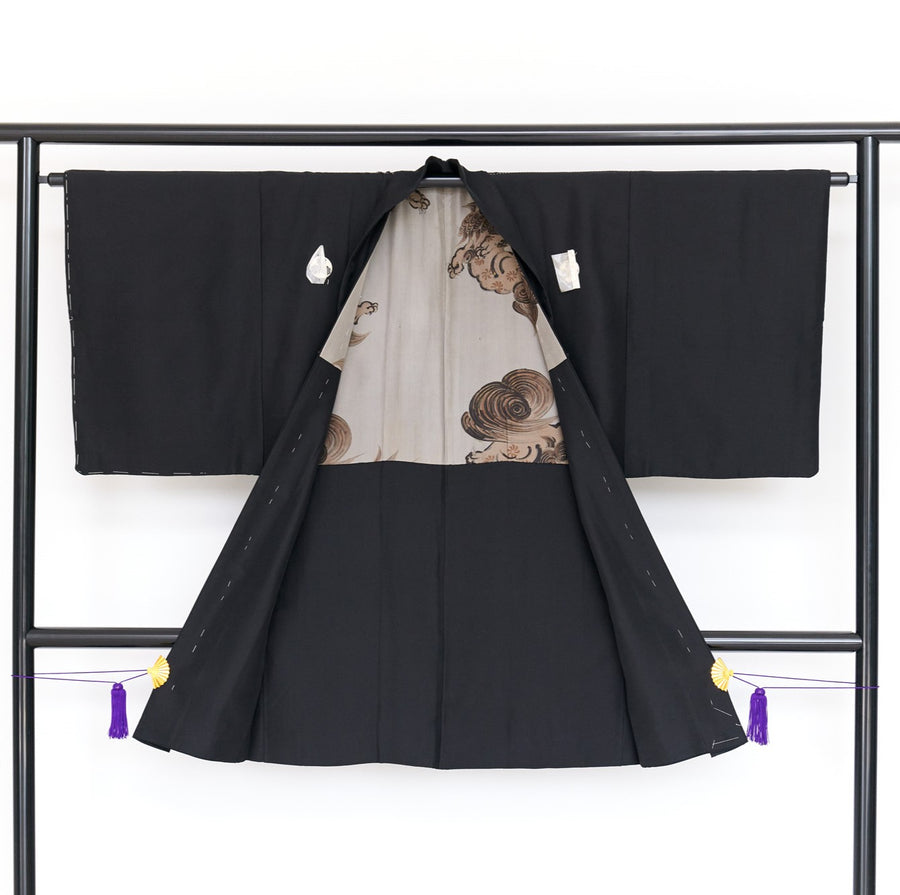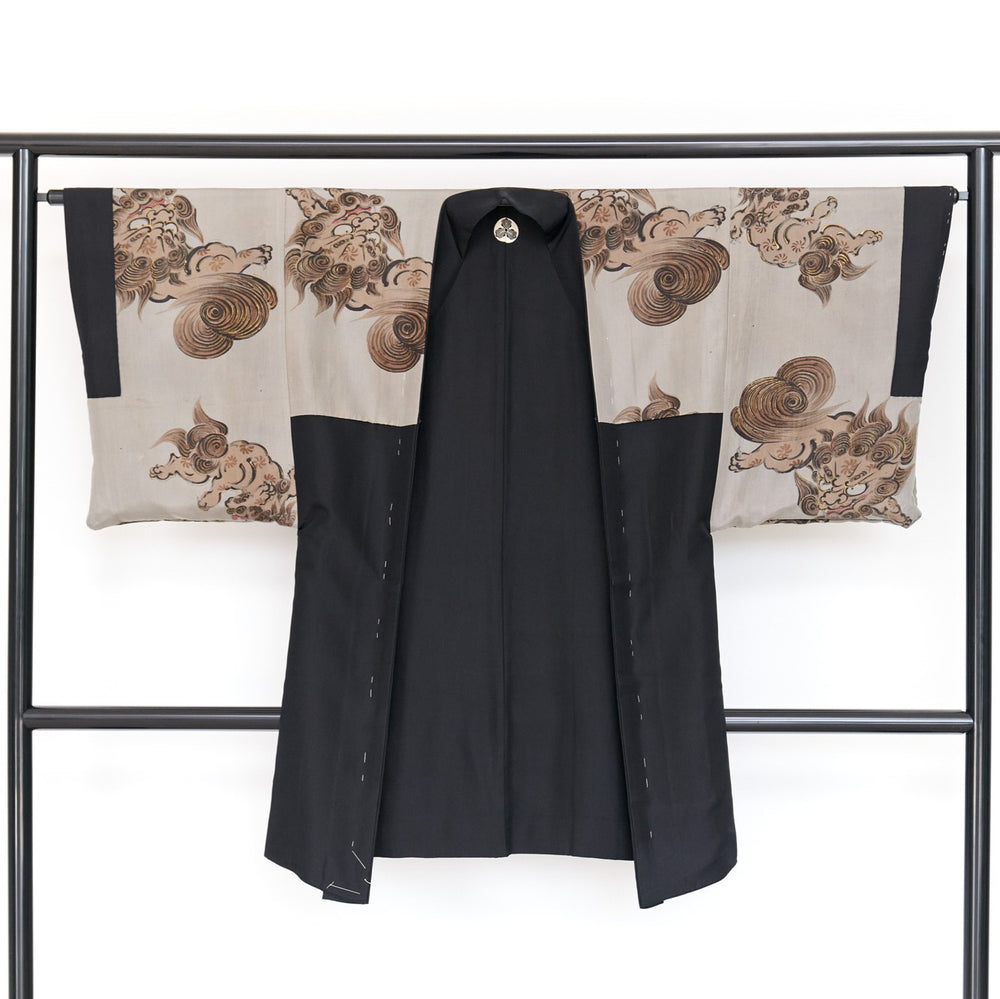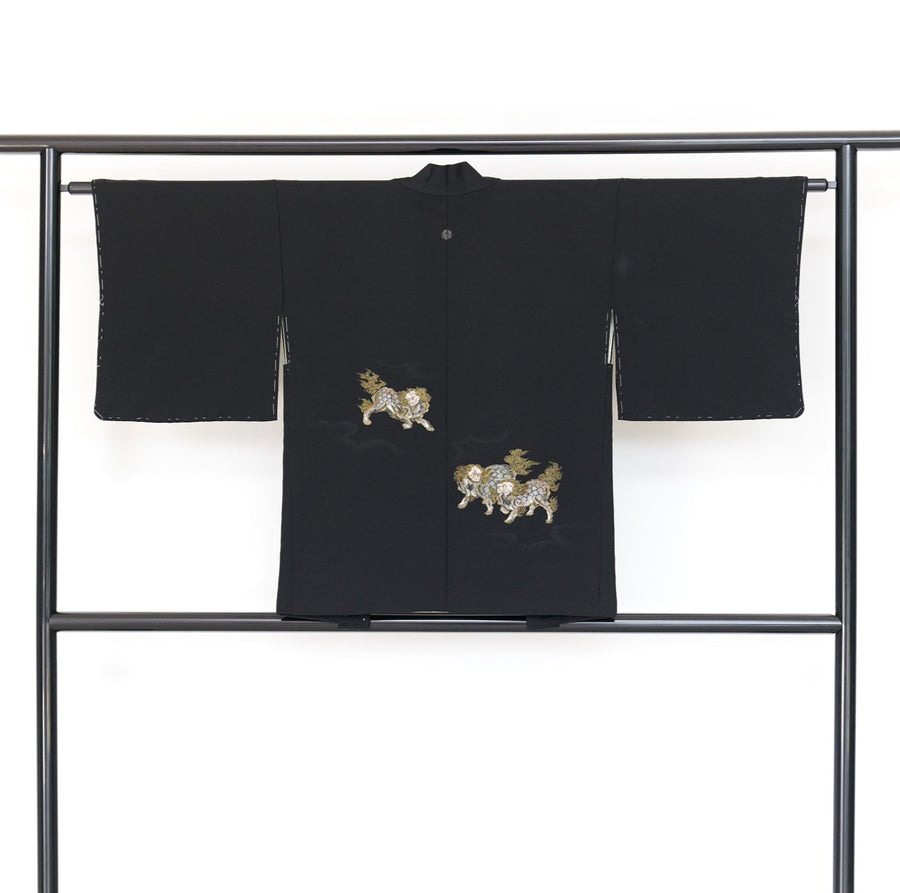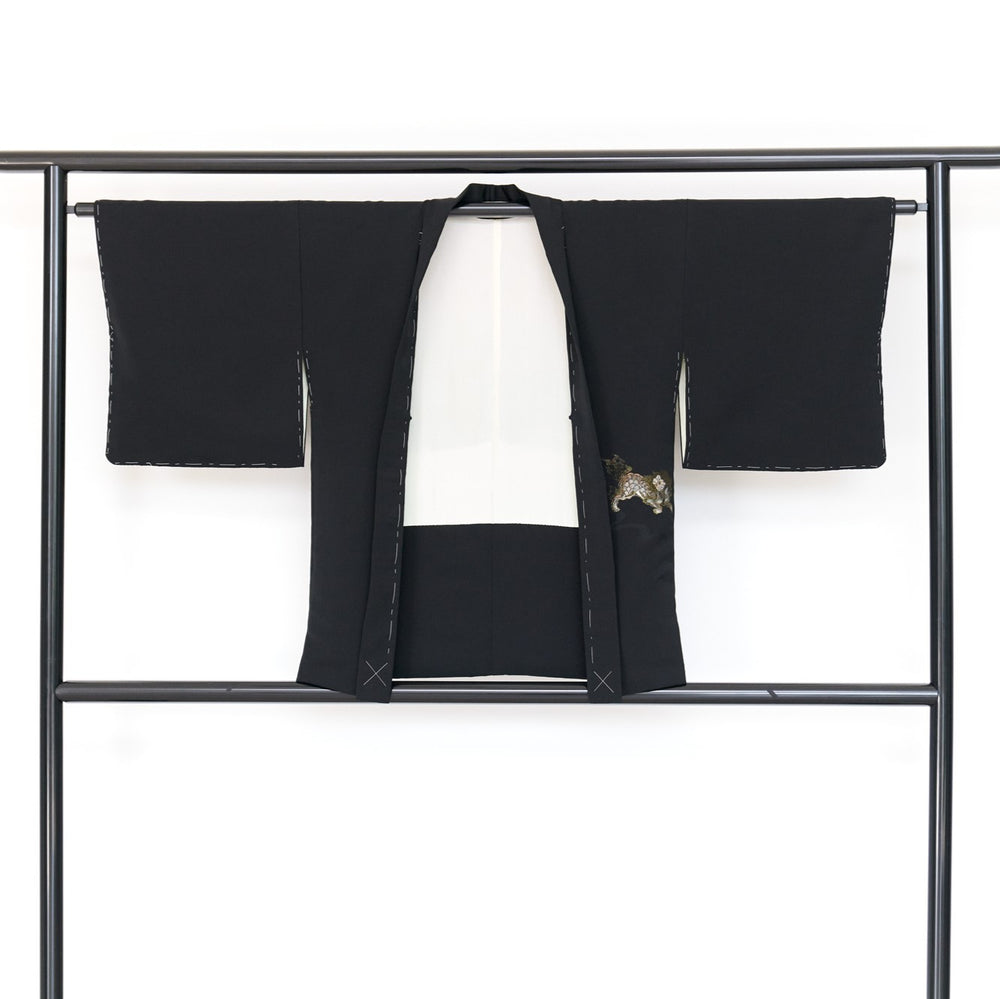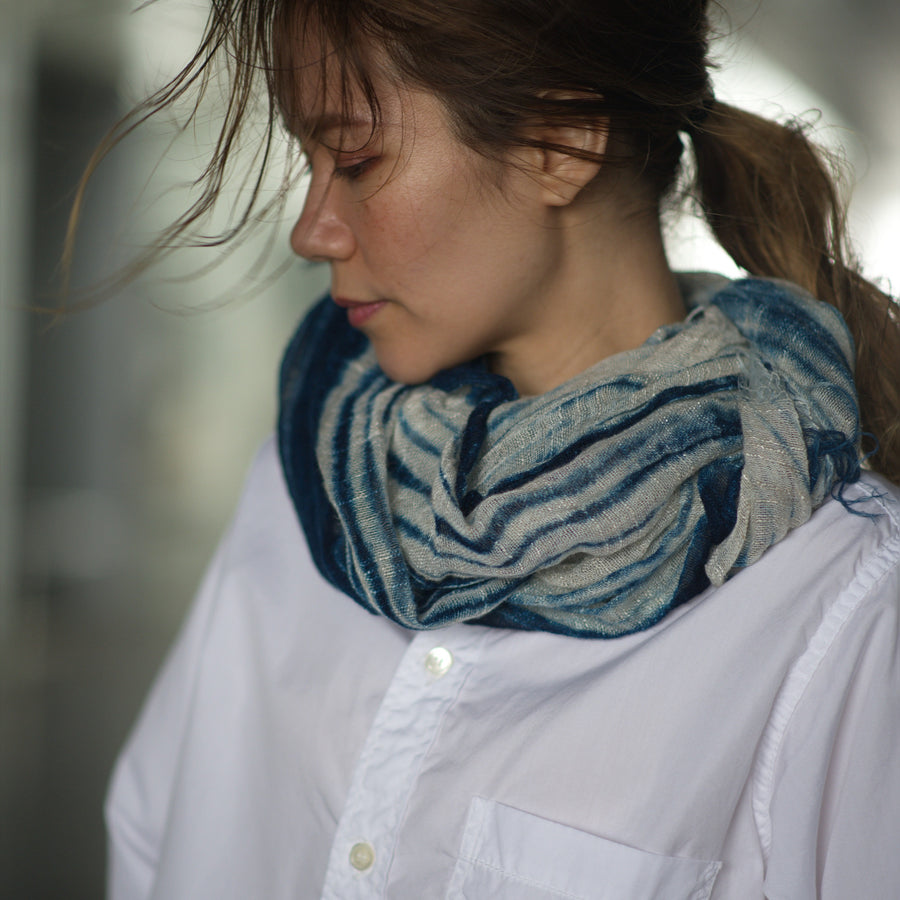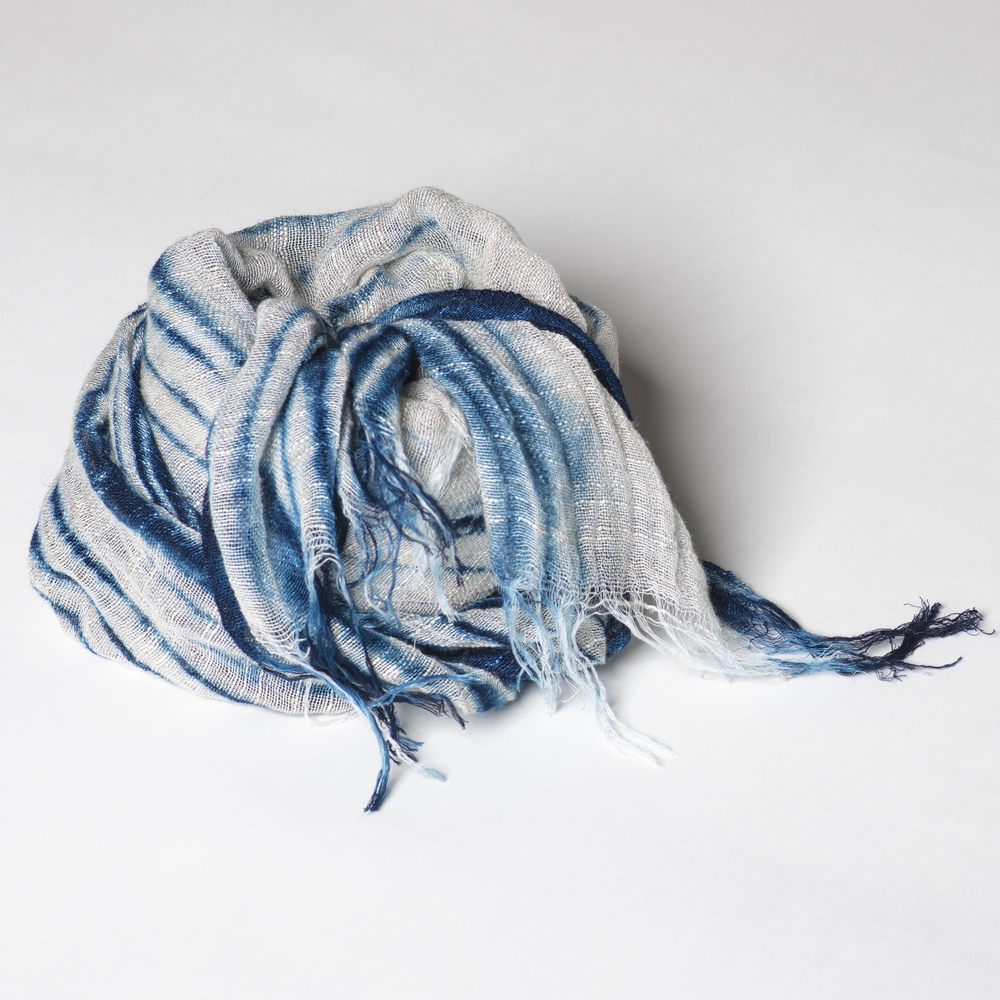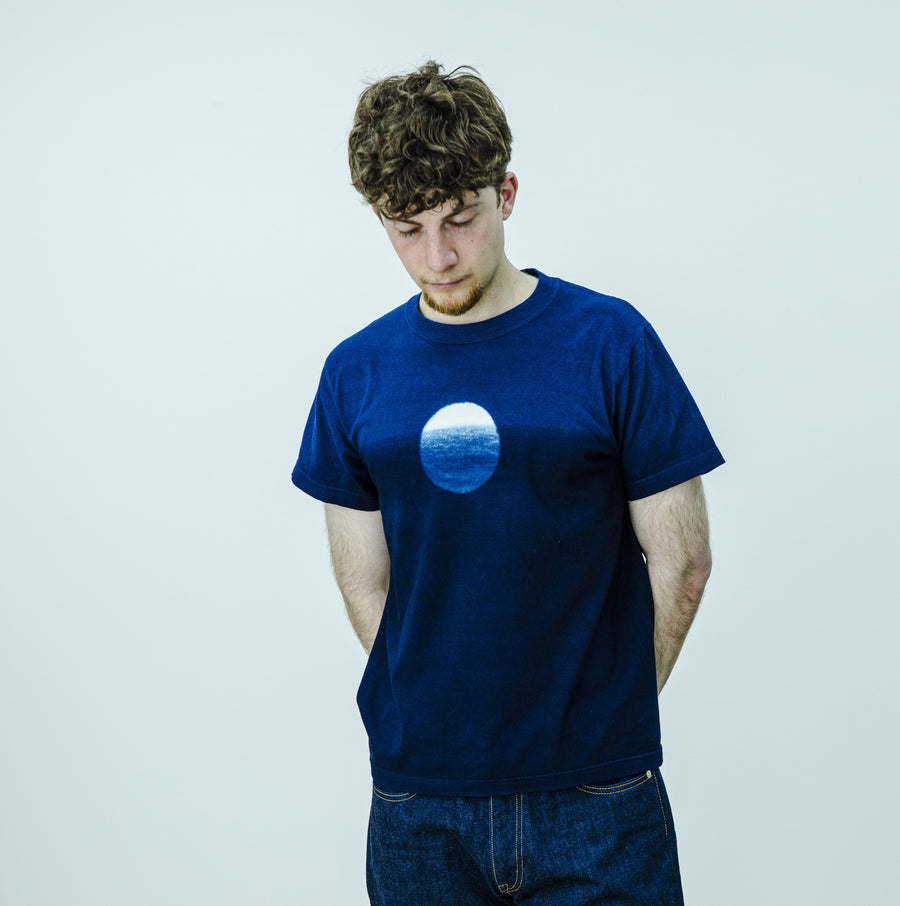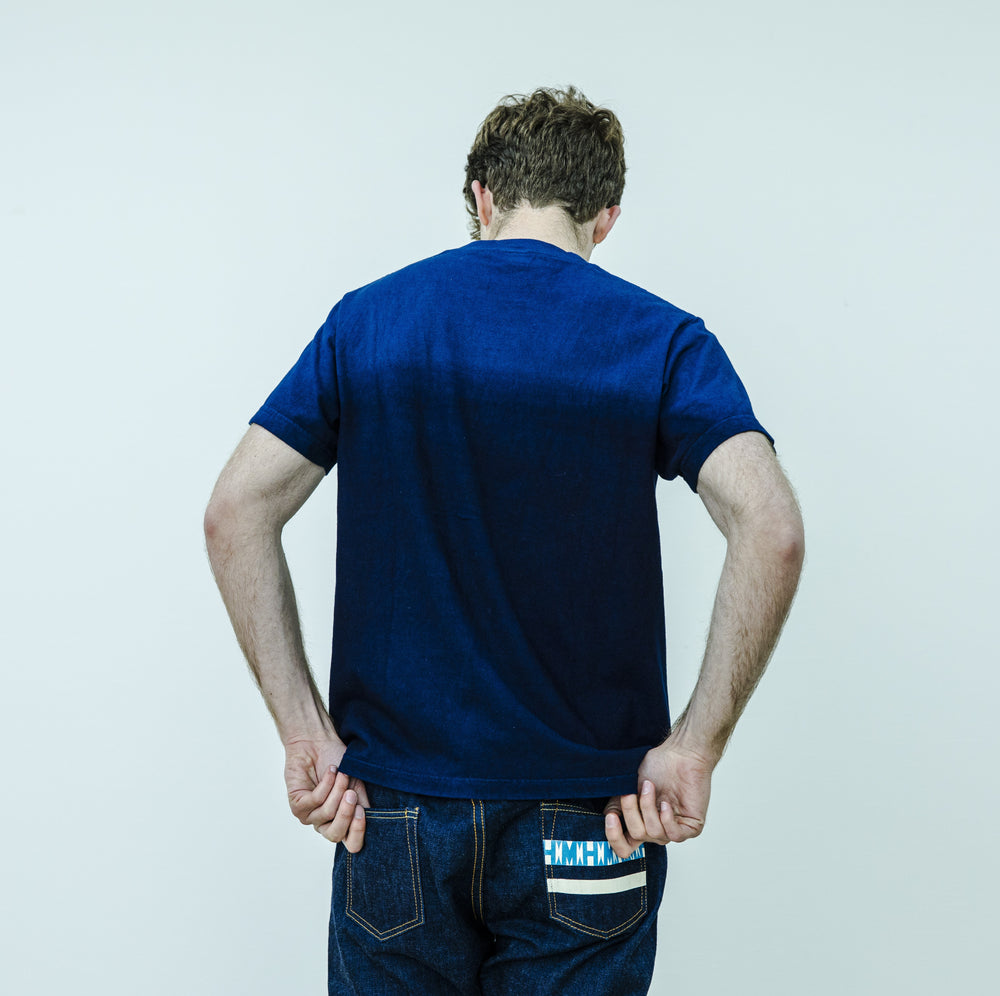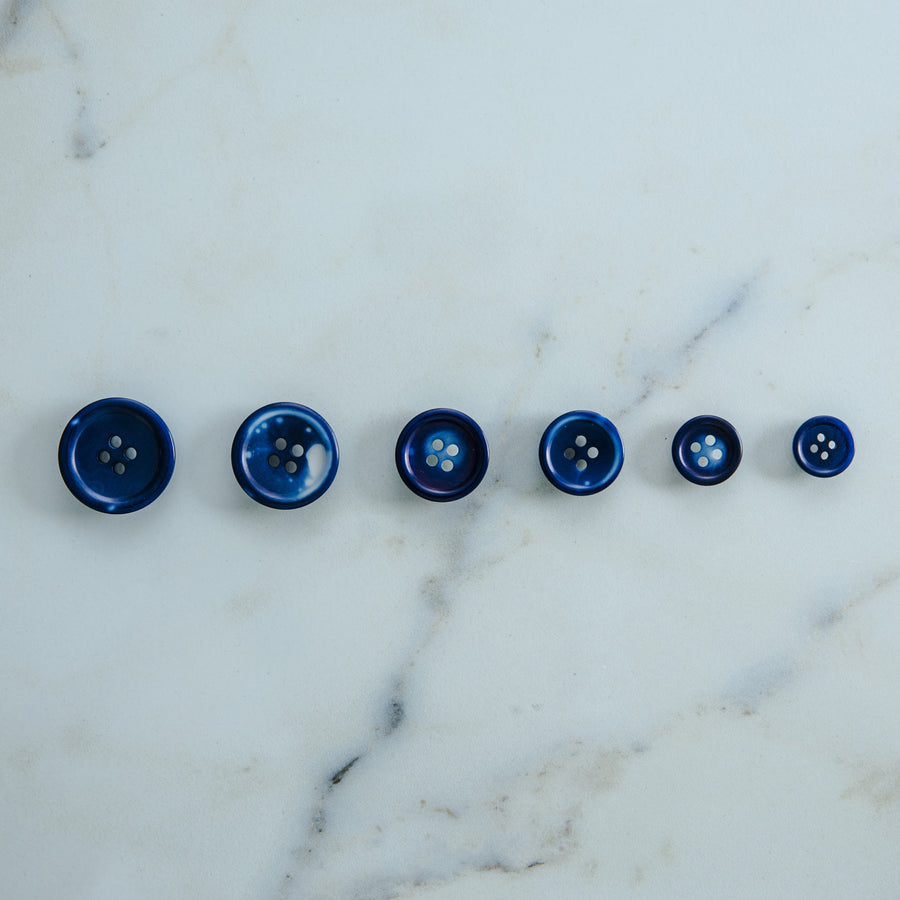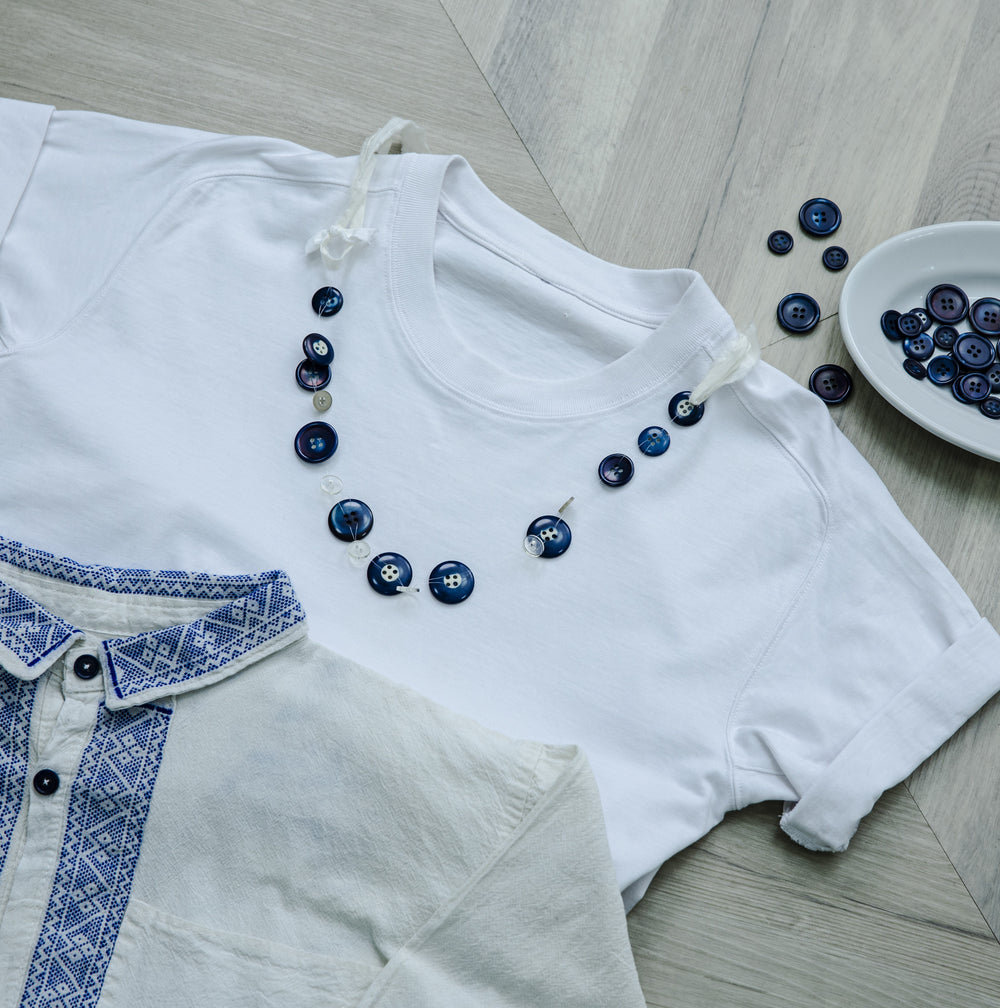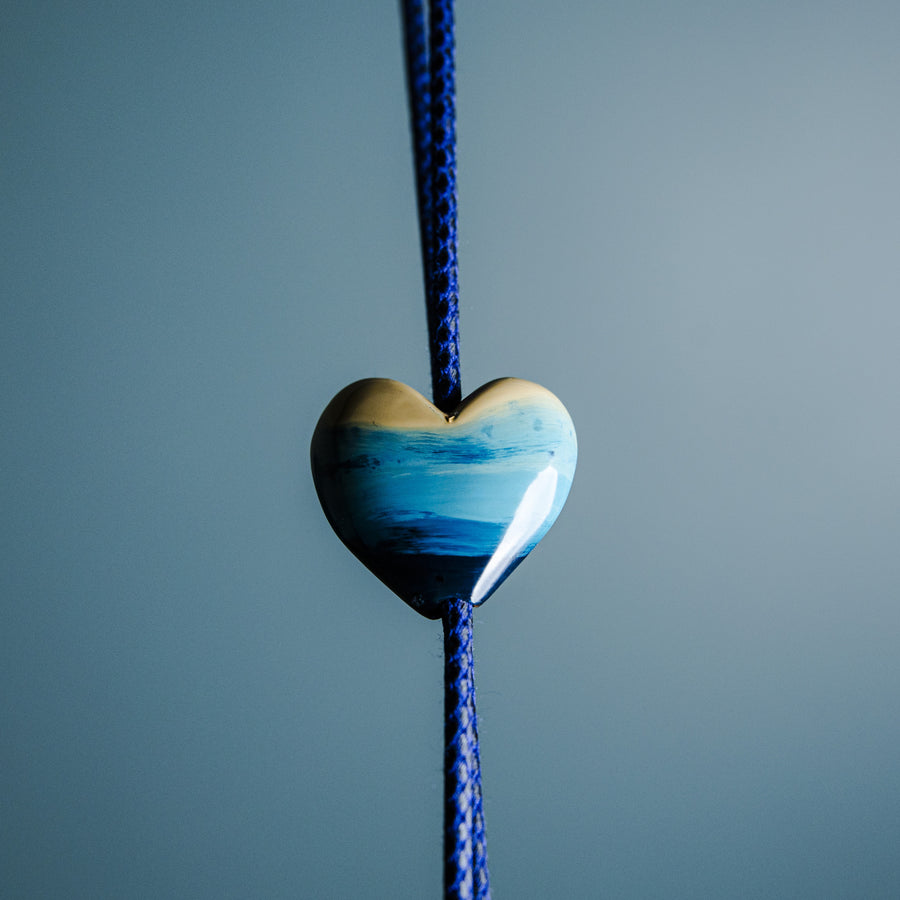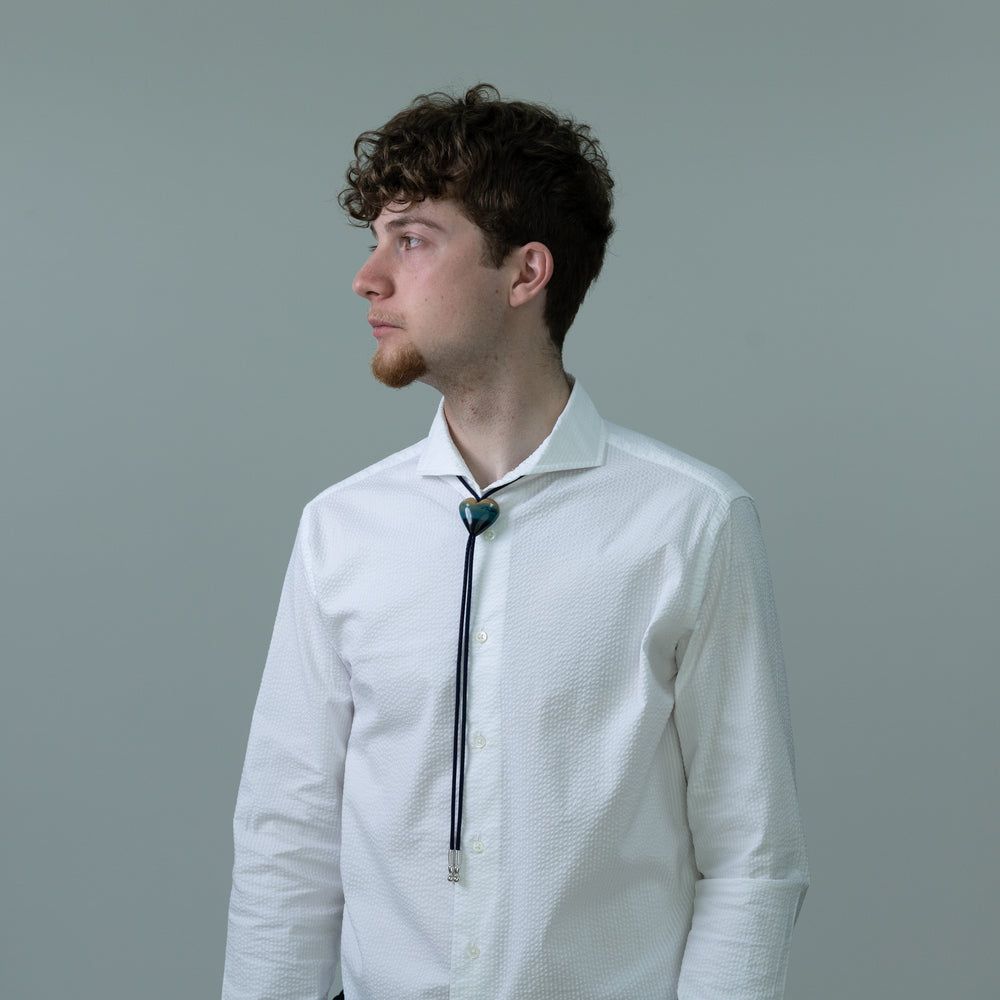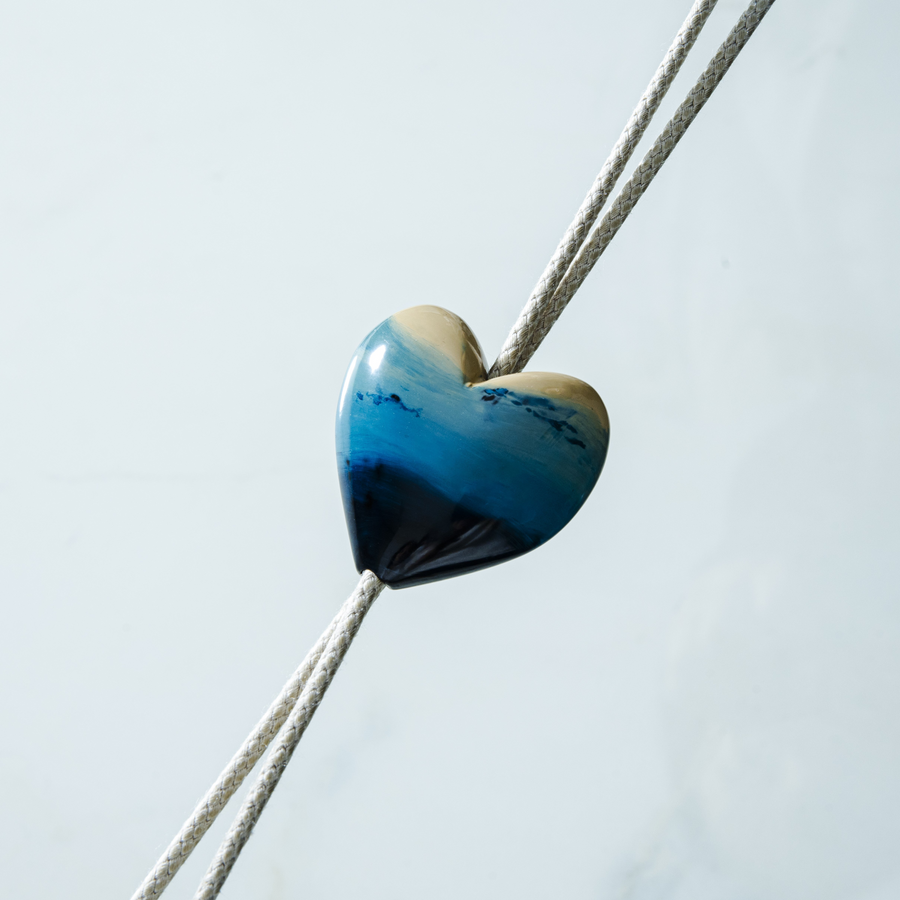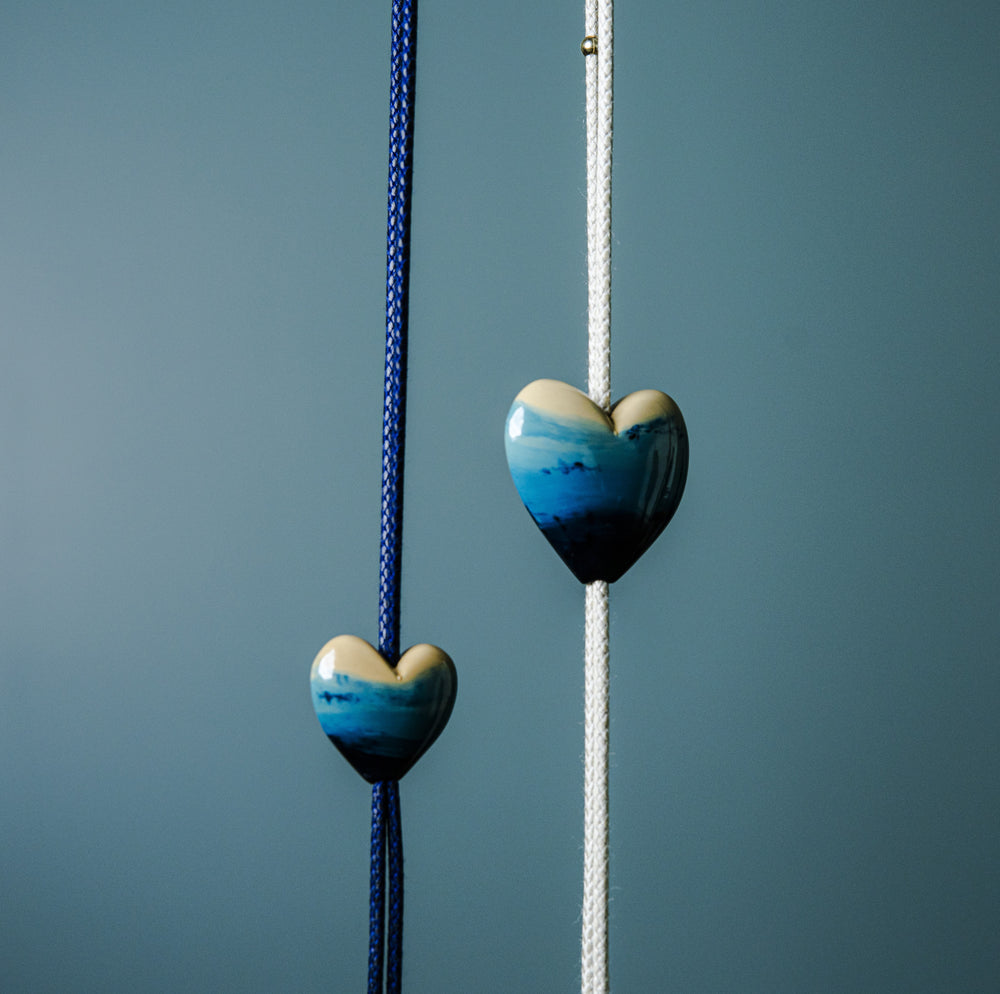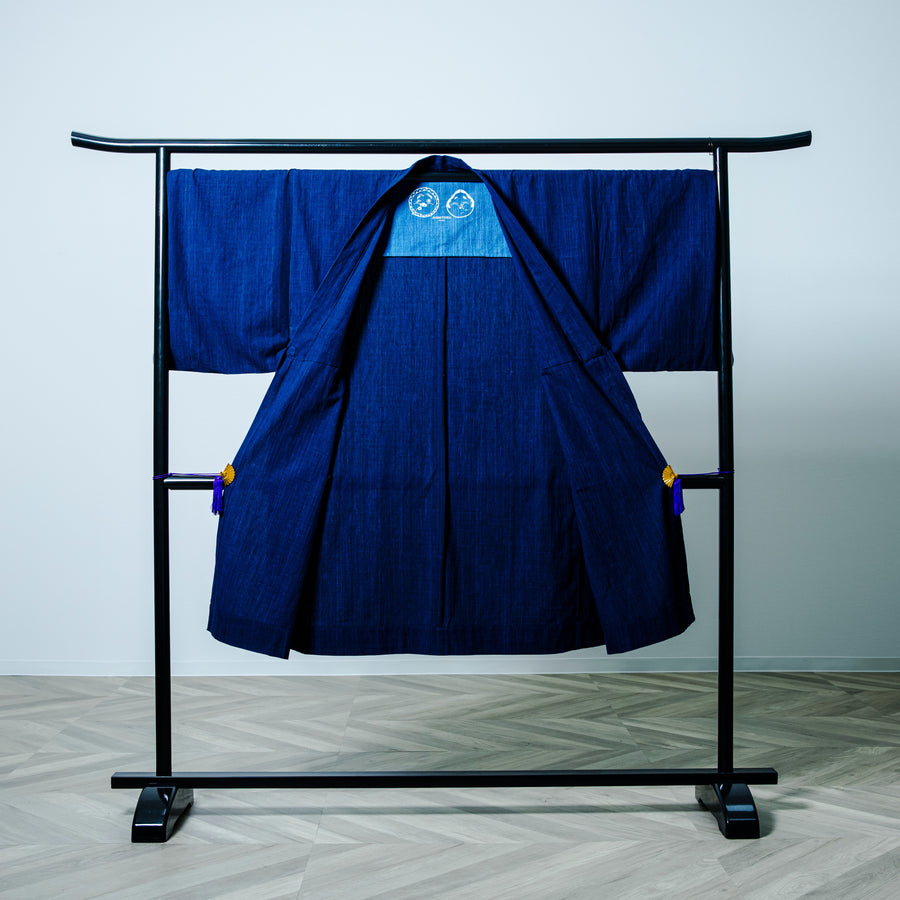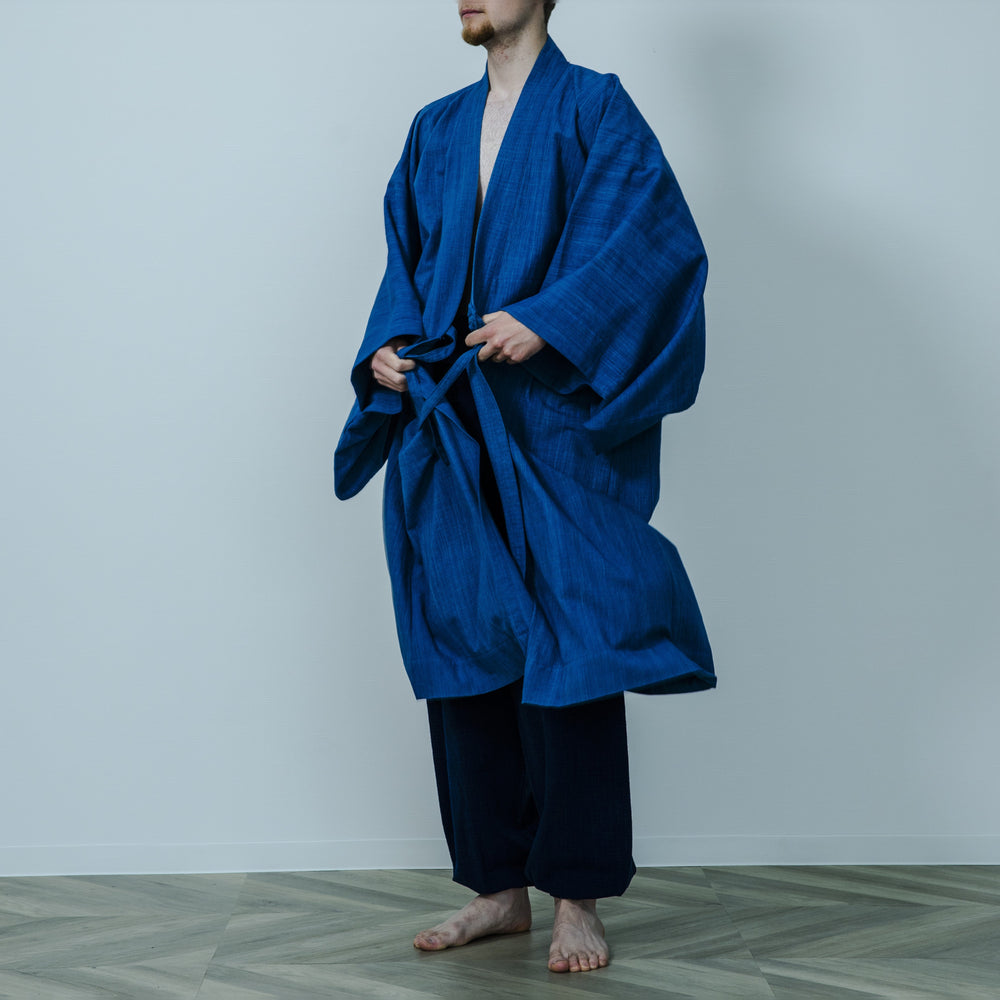rampo


The calm sea of the Seto inland. And then, when I look up at Okayama’s sky, the country ofsun, it is still a refreshing and gentle blue today.The islands scattered in front of my eyes are somewhat green and blue right? It’s changingcontinuously in the sunshine. The sound of the loom is etched in my childhood memories, born and raised in Kurashiki, thecity of spinning. Nostalgia invited me to pick up a brush. That was the beginning of RAMPO.


“Fashion is agriculture”. There is an analogy that textile materials such as cotton and hempcome from the soil, and it is no exaggeration to say that the same can be said of “fashion is fishing” or “fashion is forestry”. Soil, water, seawater, mountains, and nature itself are the base of craftsmanship.
I have learned a lot about the relationship of the struggle in nature and the world of dyeing and textile.
Therefore, why did people need it? Therefore, why did people find it? Why did one choose this shape? Was there no other way?
If you think about it, you will not be able to sleep.
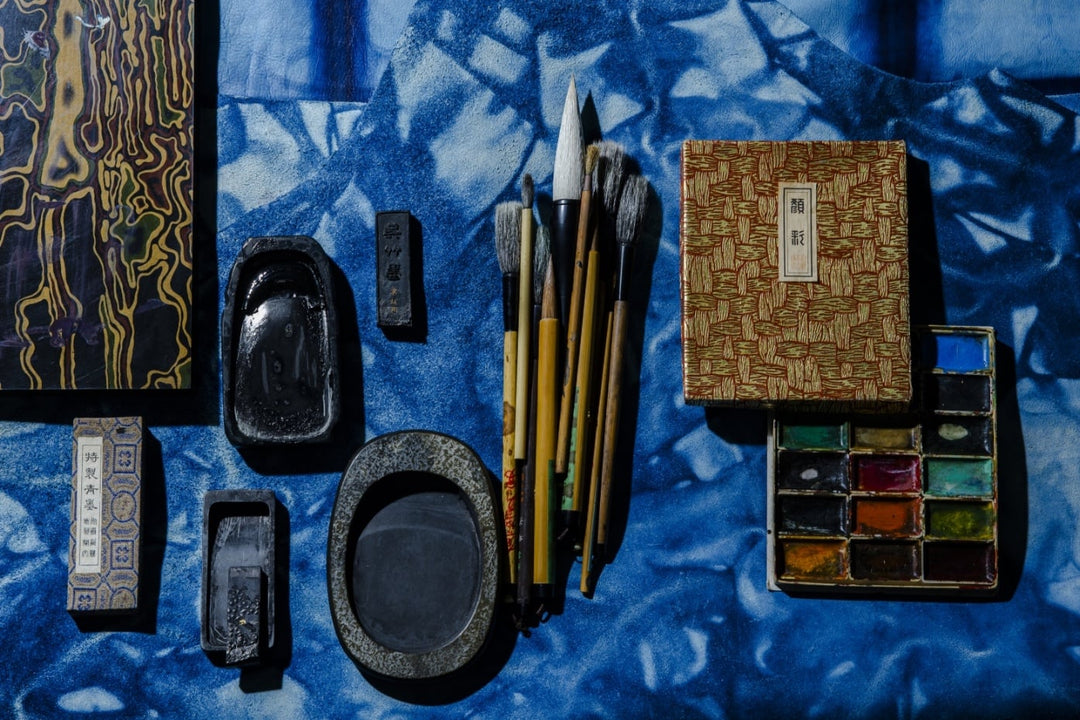
From pale indigo to deep navy, RAMPO creates 22 shades of indigo.
In my twenties, I was drawn into the world of sumi-e, or ink wash painting. In my thirties, I entered the textile industry and encountered indigo. I was mesmerized by the world of indigo dyeing, woven by the art of ai-zome. Then, I had a precious experience at Kobaien, a longstanding ink-making establishment in Nara with over 400 years of history. I was amazed and moved by the variety of ink colors. The depth of indigo hues overlapped, further deepening my love for indigo. I awakened to the black of sumi ink, discovered indigo, and continue to explore the expression of indigo color. Meeting people, encountering craftsmanship, and seeking adventures, I continue my journey.
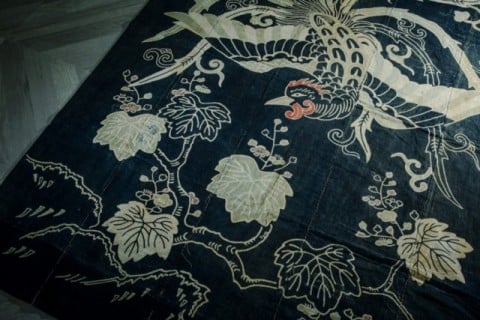
The inspiration for all craftsmanship lies within antique fabrics.
Immersing oneself in the art of indigo dyeing, observing the color changes during the dyeing process and the aging process over the years has been a focus. Exploring techniques and dye development to utilize the patterns and unique expressions of antique fabrics in future dyeing endeavors. Enthralled by a single piece of antique fabric, tracing the sentiments surrounding the era in which the fabric lived, eventually led to the development of Japanese denim


















